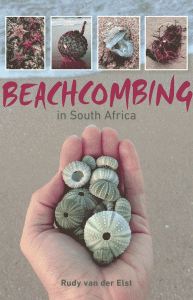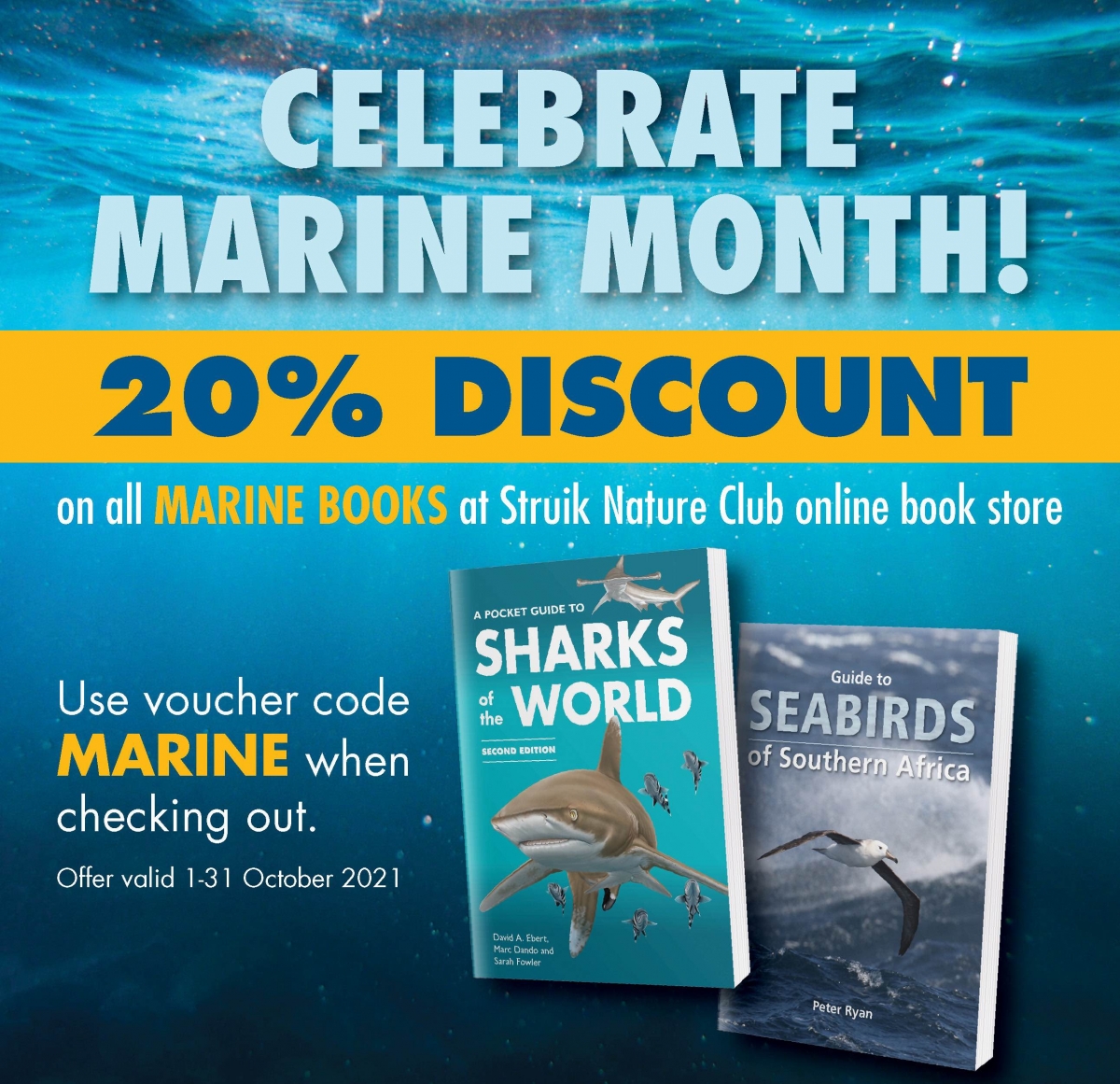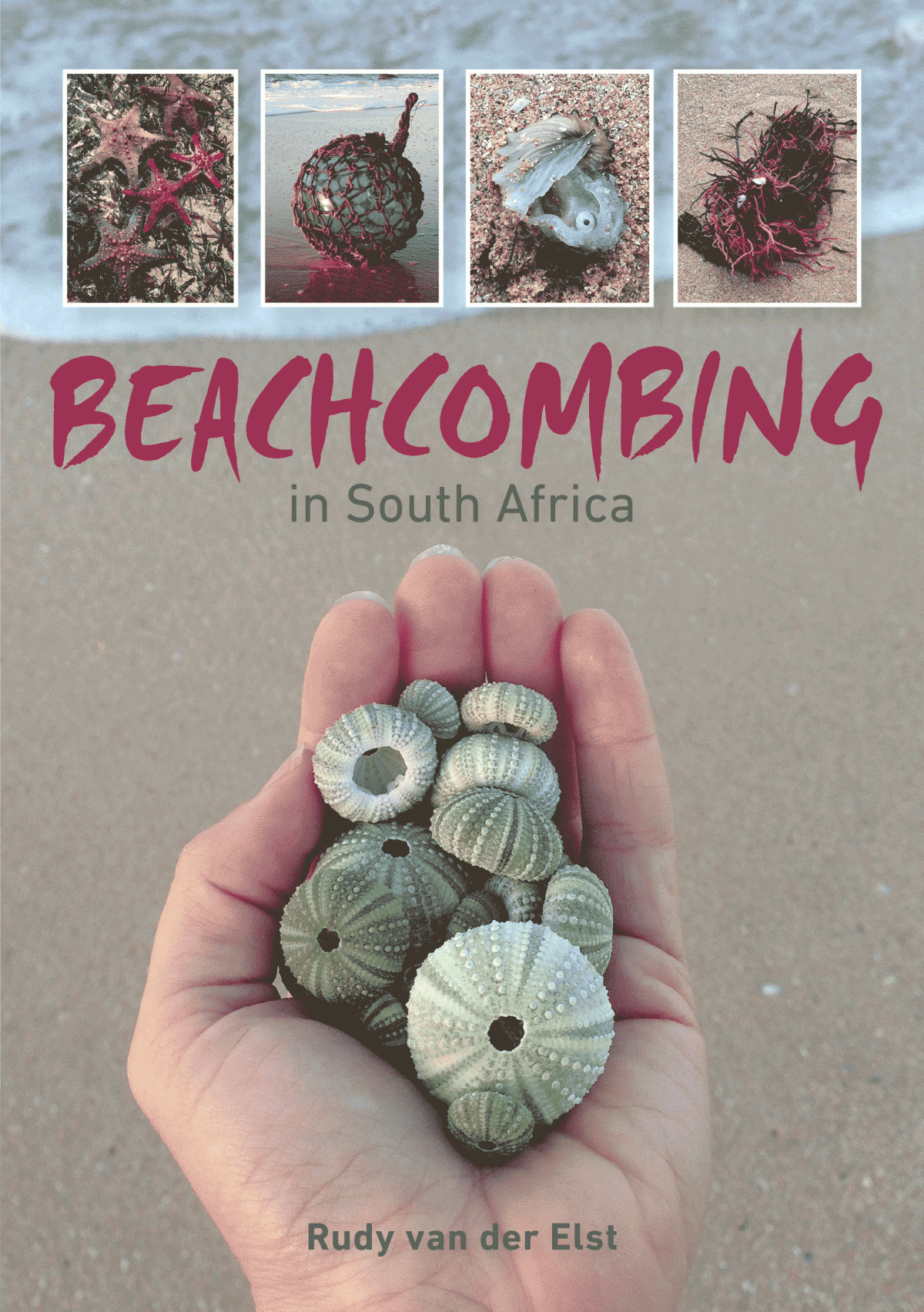
Beachcombing is more than a healthy exercise, writes Rudy van der Elst, author of Beachcombing in South Africa. It stimulates curiosity, improves scientific understanding and often presents the beginning of an exciting adventure or investigation.
“AS A MARINE BIOLOGIST I have been fortunate to have had access to some of the finest of beaches, both for study purposes and also for recreation. Irrespective of your primary purpose, you should always have your eyes open should you spot something unusual. Some finds can lead to a string of seemingly unrelated but fascinating stories.
For example, take the story of my colleague Dr Lynnath Beckley. Several years ago, Lynnath, who was Principal scientist at the Oceanographic Research Institute in Durban received a fax from Dr Francis Marsac, a French scientist working out of Seychelles.
The message read as follows:
“We have lost an important piece of electronic tracking equipment that sends out its location and other messages via satellite. Our records indicate that it has drifted to your region, just south of Durban, but remarkably the signal seems to be coming from several km inland.
Please can you locate and turn off the machine’s batteries?”
Francis provided the precise coordinates.
As it was late in the day, Lynnath requested the local police to provide some assistance, especially as it was difficult trying to reach an accurate weigh-point with only a few access roads available. So, with blue lights flashing, the search began well after dark, ending in the tiny sleeping hamlet of St Winifreds. But residents were wary of the police escort and many peered at us from behind closed curtains. Eventually, when approaching the coordinated site, we noted a house with a garden decorated with fishing floats, ship’s ropes and a range of other ‘treasure’. We knocked on the door, which opened to a visibly shaken man. The policeman went in a bit hard, threatening to charge the poor man as he had stolen top secret and sensitive property, upon which he apologised profusely! Not aware that his beachcombing treasure was constantly broadcasting his location, he was perplexed as to how the local police could have located him so precisely. He asked for forgiveness and pleaded not to be arrested. He had found the gadget while beachcombing, still attached to a huge length of rope and chain. He had then dragged the entire contraption to his home where it was installed in his garden as a curiosity. In the end, Francis was pleased that the tracking device had been recovered and our St Winifreds’ beachcombing guru was sent a letter of appreciation for his role in recovering a valuable piece of scientific equipment.
“When I discovered the drum to be filled to the brim with cashew nuts, I declared that the rightful owner would not be found, was happy to call it jetson, and split the contents with friends and family!”
ON 17 APRIL 1988, I was on a working vacation on the beach just south of the Mozambique border. In the morning at low tide I spotted something large lying high up on the beach. At first I thought that this was a piece of ‘ junk’ or probably the remains of a succumbed fishing vessel. However, on closer inspection I was convinced that this was part of an aircraft fuselage, easily concluded by the honeycomb structure, laminated by an outer sheath. On my return to Durban, the find was confirmed to be from the Helderberg Boeing 707, which had crashed five months earlier, off Mauritius some 3000 km away, with all on board having died. This caused quite a stir, especially when the minister of transport applauded my discovery in national parliament.
The fuselage was covered in goose neck barnacles, those little sessile animals that hitch a ride by attaching onto floating objects at sea. I had studied the biology of these animals, including their growth rate. This allowed me to make certain deductions. For example, the fact that the barnacles were about 55 days old but that the crash had occurred five months earlier, suggested that the two-metre square piece of wreckage had dislodged from the main fuselage at 4 000m and ‘floated’ at some depth for about 55 days before being spotted on my beachcombing trip.
 There is a difference between flotsam and jetson, when it comes to laying claim to a washed up object from the ocean. Jetson refers to objects being jettisoned, clearly discarded. Flotsam on the other hand may simply be something lost at sea and can have a rightful owner. Thus, when I spotted a 20 litre drum floating in the surf near Sheffield beach in KwaZulu-Natal, I was unsure whether this was flotam or jetson, until I swam out and recovered it. Judging by its weight and rattling sound, it clearly was full of some product, hence it was technically flotsam. However, when I discovered the drum to be filled to the brim with cashew nuts, I declared that the rightful owner would not be found, was happy to call it jetson, and split the contents with friends and family!
There is a difference between flotsam and jetson, when it comes to laying claim to a washed up object from the ocean. Jetson refers to objects being jettisoned, clearly discarded. Flotsam on the other hand may simply be something lost at sea and can have a rightful owner. Thus, when I spotted a 20 litre drum floating in the surf near Sheffield beach in KwaZulu-Natal, I was unsure whether this was flotam or jetson, until I swam out and recovered it. Judging by its weight and rattling sound, it clearly was full of some product, hence it was technically flotsam. However, when I discovered the drum to be filled to the brim with cashew nuts, I declared that the rightful owner would not be found, was happy to call it jetson, and split the contents with friends and family!
Flotsametrics is a study where beachcombing is turned into a science by analysing flotsam that can reveal much about ocean currents and conditions. More stories will be told by beachcombing public over the years. Take for example the hundreds of ship wrecks that litter the South Africa coast., providing a source of maritime history. Beachcombing is not about the treasure with high value, it is about the curiosity and scientific fascination that it can bestow on the entire family.”
Beachcombing in South Africa is out now.
____________________________________________________________________________________________________________________________
 |
 |
|
YOU MAY ALSO ENJOY
Can you imagine holding a fully-grown shark in the palm of your hand?







